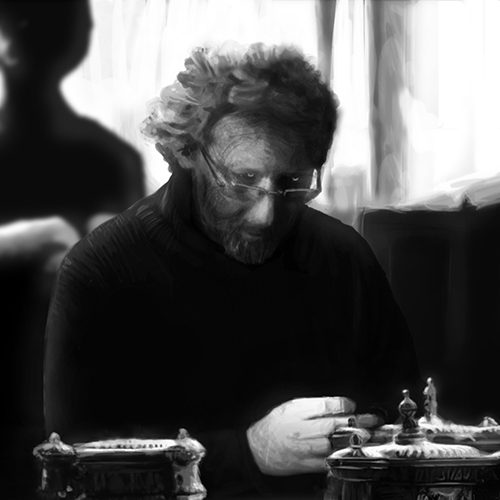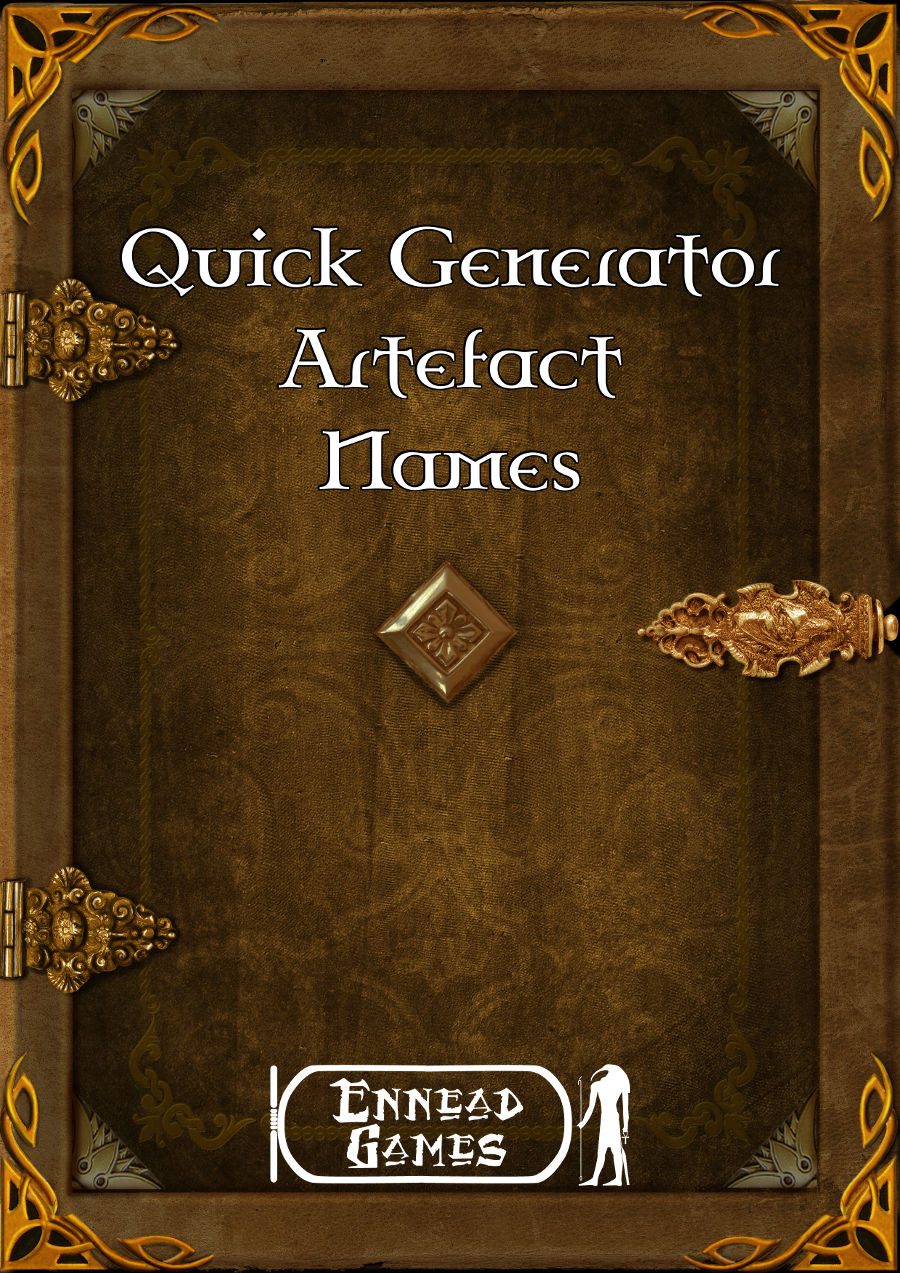
DramaSystem and Setting Creation
Phil Nicholls blogs at Tales of a GM, where he writes about narrative gaming, faster prep and more story. He is currently running a HeroQuest Glorantha campaign in a home-brew setting. Phil has written for Johnn Four’s Roleplaying Tips newsletter and has a selection of self-published pdfs.
This essay is taken from the archives at Tales of a GM. http://talesofagm.com/
A regular part of our preparations for every campaign story arc is the creation of a relationship web. My Players and I use part of the character creation process from DramaSystem to map out relationship networks.
Collaborative Creation
Player collaboration is my favourite world-building method. In my continual search for faster prep, the trick of using the Players to help create the setting has been a great discovery. Why should I spend hours and hours detailing my world, when I can devote a session or two to the process and have the Players help me?
DramaSystem
This is the rules engine at the heart of Hillfolk, the drama-focused RPG by Robin D. Laws, published by Pelgrane Press. The essence of a Hillfolk game, or any other setting using the DramaSystem engine, is to explore the relationships between the characters. Thus, the game begins with an extended character generation sequence, where each character maps out their relationships with every other character.
There are several steps to this process, whereby connections and unmet needs between characters are outlined. This is a collaborative process involving all the Players in the group. The result is a complex network of relationships reminiscent of any television soap opera. These connections are then explored during the subsequent game.
Mapping Connections
DramaSystem is guaranteed to create a fascinating network of links between the characters. As this is also a collaborative process, it gives the Players a stake in the final relationships. There is plenty of scope for Player input, which gives them investment in the setting and creates connections I would not have imagined. I always retain editorial control, to ensure the setting is playable for the type of game we want to run.
Furthermore, by allowing the Players to lead the creation of the setting, I ensure the presence of those elements they want to see in the game. The story is always better when the Players are invested in it, and collaborating in the creation process is a great way to build this investment into the setting.
Rule of Three
I made one change to the DramaSystem character creation process. In the original version, every character is required to link to every other character on the relationship map. Even with five Players, this results in a lot of links, especially when the process repeats to create the unmet needs within each relationship pairing.
This takes a long time. Therefore, I apply the Rule of Three: each entry on the map only needs to link to three others. The Rule of Three keeps the brainstorming process manageable. Many of the initial early entries end up with more than three links, but this is fine. The three-link minimum produces a sufficiently complex relationship map without slowing the process to a crawl in the later stages.
Building Webs
I always want the Heroes to be part of a team, as this creates much-needed unity within the group from the outset. By using DramaSystem, we spend a session focused on these relationships early in the brainstorming process. The majority of Heroes at the table have their origins in this DramaSystem session.
Of course, you need not limit yourself to a single relationship map for your setting. The process can easily be adapted for factions, pantheons or any ruling body with multiple members. If you want a complex game of political intrigue, or just a soap opera-style community, then DramaSystem will create the background relationship web for you.
Conclusion
These brainstorming sessions create a complex background for any game. The Players experience the process, and thus understand the setting so much better than if you simply gave them a handout to read. The process itself also produces an entertaining session, making it worthwhile in itself.
What techniques for setting creation have you used in your game? How do you build relationship webs? Share your experiences in the comments below.
Happy Gaming
Phil
For more essays from Phil, and updates about his latest campaign, visit Tales of a GM.




One thought on “[Tales of a GM] DramaSystem and Setting Creation”
Comments are closed.